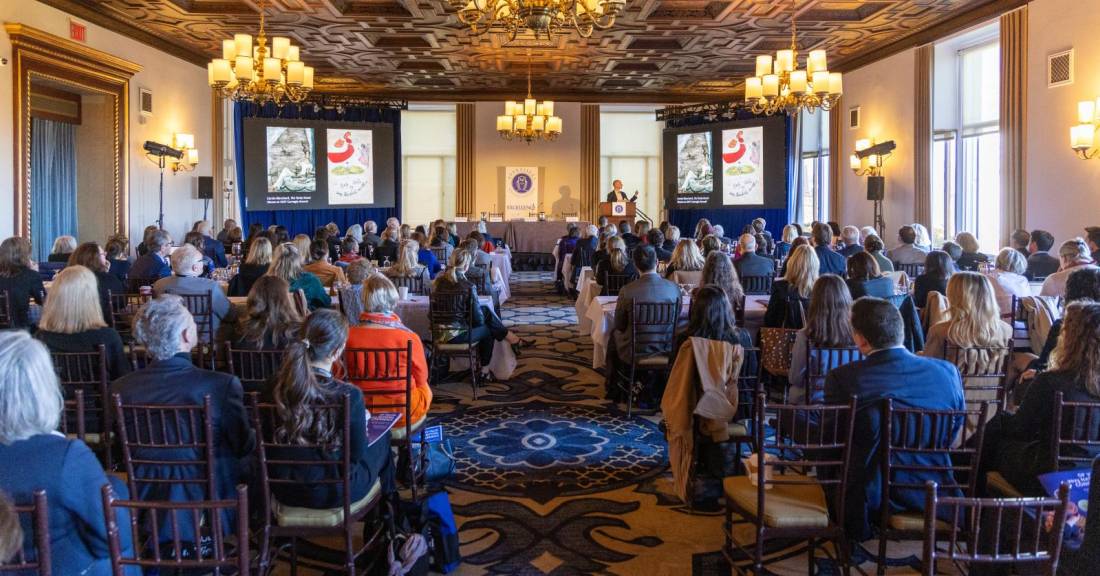
The Cost of Painting Appraisal: What Collectors Should Expect
Why Painting Appraisals Matter More Than You Think
If you’re an art collector in the U.S., you already know that a painting’s value isn’t always obvious. Whether you’ve inherited a piece, purchased something at an auction, or stumbled upon a forgotten treasure in your attic, the first question that comes to mind is: “What is it worth?”
That’s where a painting appraisal comes in. But before you pick up the phone or fill out an online form, it’s important to understand one key thing: appraisals aren’t free, and the cost of painting appraisal services can vary widely based on who you hire, what you own, and why you need it.
In this deep guide, we’ll break down what collectors should expect, how painting appraisal costs are structured, and the hidden expenses that often catch people off guard. By the end, you’ll have a clear, practical understanding of how to navigate the process without overpaying, or undervaluing, your collection.
Understanding the Cost of Painting Appraisals
The cost of painting appraisals depends on a mix of factors, some obvious, others more subtle. Let’s start with the basics.
1. The Average Cost Range
In the United States, most professional appraisers charge between $150 and $500 per hour for fine art evaluations. Some may also offer flat-rate fees that start around $250 for a single painting and can exceed $1,000 or more for complex cases involving high-value works or extensive research.
2. Why Appraisers Charge What They Do
Unlike casual online “art value estimators,” professional appraisers are trained experts, often certified by organizations like the Appraisers Association of America (AAA), the International Society of Appraisers (ISA), or the American Society of Appraisers (ASA).
Their fees don’t just cover the time spent looking at your painting. You’re also paying for:
Art market knowledge and years of experience
Authentication research (provenance checks, catalog raisonnés, exhibition records)
Condition assessments and conservation insights
Formal documentation that holds up for insurance, estate planning, or resale
So when you pay for a professional appraisal, you’re buying more than a number, you’re investing in credibility and accuracy.
What Collectors Should Expect from the Appraisal Process
Getting your painting appraised isn’t just a transaction, it’s a process. Here’s what to expect step by step.
1. The Initial Consultation
Most appraisers begin with an introductory call or email exchange. You’ll share details like:
The artist’s name (if known)
The painting’s dimensions and medium
Photos (front, back, signature, frame)
Any paperwork or provenance you have
This helps the appraiser determine if the work is within their area of expertise and what the estimated cost might be.
2. The Site Visit or Examination
If you decide to move forward, the appraiser may:
Visit your location to examine the piece in person, especially if it’s valuable or fragile
Or, for less expensive works, conduct a remote appraisal using high-resolution images and documentation
In-person evaluations are usually more accurate, but also more costly, as travel time and inspection detail add to the bill.
3. Research and Valuation Report
This is the heart of the appraisal process. The appraiser researches comparable sales, artist history, exhibition records, and current market demand. Then, they compile a formal valuation report that outlines:
A description of the painting
Market context
Appraised value (fair market or replacement value)
Supporting data and sources
This report is your official record, suitable for insurance, estate tax, donation, or resale purposes.
4. Delivery and Follow-Up
Finally, you’ll receive the report, usually a digital PDF, though some appraisers provide printed copies upon request.
It’s good practice to update appraisals every 3–5 years, especially if the art market shifts or the artist’s reputation changes. Some appraisers offer discounted “update” fees for repeat clients.
Factors That Influence the Cost of a Painting Appraisal
Now, let’s dig into what drives the price. Understanding these variables helps you avoid surprises and negotiate smarter.
1. The Purpose of the Appraisal
Different goals require different levels of detail:
Insurance appraisals estimate replacement cost, what it would take to buy a similar painting today.
Fair market appraisals reflect what the painting would likely sell for in an open market (useful for estates or charitable donations).
Equitable distribution appraisals are often used in divorces or estate divisions.
Each purpose demands a slightly different approach, and cost structure.
2. The Complexity of the Artwork
If your painting is by a well-documented artist like Andy Warhol or Georgia O’Keeffe, data is plentiful, and research is straightforward.
But if it’s an unknown artist, unsigned work, or possibly a forgery, your appraiser may need to invest hours into authentication research, expert consultations, and database searches. Naturally, this adds to the total cost.
3. Travel and Location
Appraisers often charge for travel time, especially if you live outside a major art hub like New York, Los Angeles, or Chicago. Some charge per mile or per hour of travel.
If your collection requires multiple visits or appraisals across states, expect additional fees.
4. Report Length and Format
A quick “verbal valuation” might cost as little as $100 to $200, but it’s not legally binding. A formal written appraisal with documentation can cost $500 to $2,000 depending on length and scope.
5. The Appraiser’s Credentials
Just like any professional service, experience comes at a premium. A seasoned appraiser with decades of market expertise may charge more, but their reports are also more likely to be accepted by insurance companies, IRS auditors, and auction houses.
The Hidden Costs of Painting Appraisals Explained
Now that we’ve covered the visible costs, let’s talk about the hidden costs, the ones that often surprise collectors after the fact.
1. Authentication Fees
If your painting requires authentication from an artist’s foundation, estate, or committee, those fees are separate from your appraisal.
For example, confirming a Picasso or Basquiat could cost anywhere from $1,000 to $5,000, depending on the organization.
2. Conservation and Condition Reports
Appraisers may recommend a conservator’s report if the painting has damage or restoration history. This can cost an additional $200–$800. While optional, it strengthens your appraisal report, especially for insurance purposes.
3. Document Revisions and Addendums
Need your appraisal updated for a new purpose (say, from insurance to resale)? Some appraisers charge update or addendum fees, typically 25–50% of the original cost.
4. Multi-Painting Discounts (or Lack Thereof)
Many collectors assume that appraising multiple paintings will drastically reduce the per-item cost. While some appraisers do offer bulk discounts, others charge per painting because each piece still requires research, photography, and documentation.
5. Administrative and Travel Costs
Extra expenses, like shipping, travel reimbursement, or expedited delivery, can quietly add $50–$300 to your total invoice.
How to Save Money on Painting Appraisals, Without Sacrificing Accuracy
Art collecting is already an expensive passion, so here are some practical tips to control your appraisal costs while maintaining quality.
1. Organize Beforehand
Before scheduling an appraisal, gather all relevant information:
Provenance documents (bills of sale, exhibition records)
Artist certificates or gallery letters
Clear, well-lit photographs
Doing this legwork upfront saves the appraiser time, meaning fewer billable hours.
2. Request a Written Estimate
Always ask for a written quote or fee schedule before the work begins. Reputable appraisers are transparent about their rates and won’t hesitate to provide an estimate.
3. Bundle Strategically
If you have multiple works by the same artist or from a similar period, mention it. This may allow the appraiser to streamline research and offer a group rate.
4. Avoid “Free” Online Appraisals
Many websites offer free or ultra-cheap appraisals, but they’re often automated, unverified, or based on questionable data. These aren’t accepted for insurance or tax purposes. A professional appraisal might cost more upfront but protects you from costly mistakes later.
5. Keep Appraisals Up to Date
Reappraising every few years helps you avoid paying for a full report again in the future. Some appraisers charge reduced fees for updates if they’ve already appraised the same artwork.
Choosing the Right Appraiser
Finding the right appraiser is as important as the appraisal itself. Here’s what to look for:
1. Accreditation and Memberships
Choose someone who belongs to:
Appraisers Association of America (AAA)
American Society of Appraisers (ASA)
International Society of Appraisers (ISA)
These organizations require training, ethical standards, and continuing education.
2. Specialization
Fine art appraisal is highly specialized. Make sure your appraiser has experience with your type of painting, whether that’s 19th-century American landscapes, post-war abstract art, or contemporary works.
3. References and Reviews
Ask for referrals or check client testimonials. A trustworthy appraiser will have a proven track record of professionalism.
4. Conflict-Free Compensation
Professional appraisers charge hourly or flat fees, not percentages of the painting’s value. If someone offers to appraise your work for a cut of its estimated worth, that’s a red flag.
Why the Cost of Painting Appraisal Is Worth It
It’s easy to view appraisal fees as just another expense, but the truth is, they’re an investment in knowledge and protection.
A professionally appraised painting gives you:
Confidence in your collection’s true value
Documentation for insurance and legal purposes
Peace of mind when selling, donating, or inheriting artworks
Inaccurate or informal valuations can lead to serious losses, either through underinsurance, unfair sales, or IRS penalties. So, while the cost of painting appraisals may seem steep, it’s often worth every dollar in accuracy and security.
Knowledge Is the Real Value
Whether you own a single cherished painting or an extensive collection, understanding the cost of painting appraisals helps you make smarter, more informed decisions.
From hourly fees and report types to hidden authentication costs, knowing what to expect empowers you to plan ahead and budget wisely. And by working with a qualified, transparent appraiser, you’re not just learning what your art is worth, you’re ensuring that your investment is properly documented and protected for years to come.
In the end, a professional appraisal isn’t just about numbers, it’s about trust, legacy, and stewardship of your art.
So the next time you wonder what your painting might fetch in today’s market, remember: a good appraisal doesn’t just tell you the price, it tells you the story. image/ gazette-drouot




